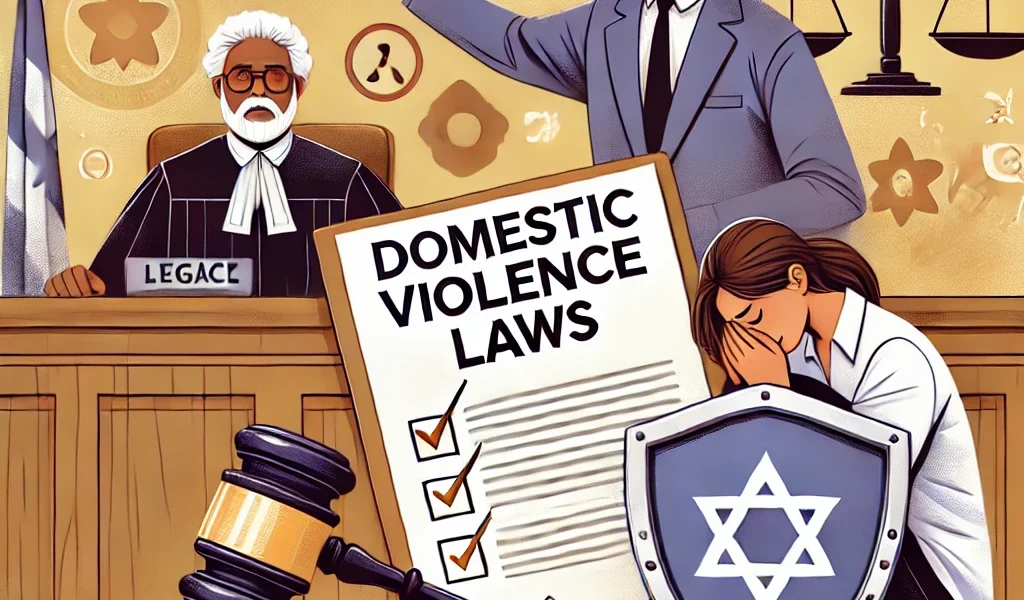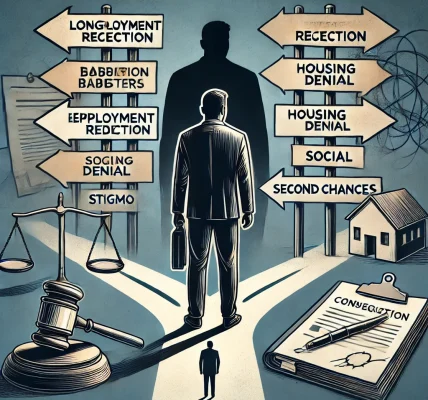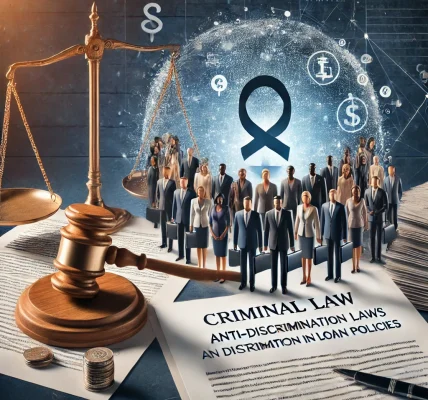Domestic violence is a serious legal issue that affects individuals and families worldwide. It involves physical, emotional, psychological, financial, or sexual abuse within a domestic relationship. Laws regarding domestic violence are designed to protect victims, punish offenders, and prevent future abuse. This guide provides a detailed breakdown of domestic violence laws, victims’ rights, penalties, and protection orders.
What is Domestic Violence?
Domestic violence refers to abusive behaviors committed by one person against another in an intimate or family relationship. This can include:
- Spouses and ex-spouses
- Cohabitating partners
- Parents and children
- Other family members
Types of Domestic Violence
- Physical Abuse – Hitting, slapping, choking, or other forms of physical harm.
- Emotional and Psychological Abuse – Threats, intimidation, humiliation, and manipulation.
- Sexual Abuse – Forced sexual acts or harassment.
- Financial Abuse – Controlling finances, restricting access to money, or preventing employment.
- Digital Abuse – Harassment or stalking through electronic means (texts, social media, etc.).
Legal Rights of Domestic Violence Victims
Victims of domestic violence have specific legal rights to ensure their safety and well-being. These include:
1. Right to Protection
- Victims can request a Protection Order (Restraining Order) to prevent the abuser from contacting them.
- Law enforcement must intervene and protect the victim in case of immediate danger.
2. Right to Legal Assistance
- Victims can file criminal charges against their abuser.
- Legal aid services and pro bono attorneys may be available for those unable to afford representation.
3. Right to Shelter and Support
- Victims can seek help from domestic violence shelters and crisis centers.
- Many organizations provide counseling, medical help, and relocation services.
4. Right to Child Custody and Protection
- Courts often grant temporary custody to the victim if the abuser poses a danger to children.
- Legal measures can prevent abusers from contacting the victim’s children.
Penalties for Domestic Violence
The legal consequences for domestic violence depend on the severity of the crime, past offenses, and the jurisdiction’s laws. Typical penalties include:
1. Misdemeanor Domestic Violence
- Definition: Minor physical abuse, threats, or emotional harm.
- Punishments:
- Jail time (up to 1 year in most cases)
- Fines ranging from $500 to $5,000
- Mandatory anger management or counseling
2. Felony Domestic Violence
- Definition: Severe physical harm, sexual abuse, use of weapons, or repeat offenses.
- Punishments:
- Prison sentences ranging from 1 to 25 years
- Higher fines ($5,000 to $20,000 or more)
- Permanent criminal record impacting employment and housing
3. Violation of a Protection Order
- Definition: Ignoring the terms of a court-issued restraining order.
- Punishments:
- Immediate arrest
- Additional criminal charges with potential jail time
- Increased penalties for repeat offenses
Protection Orders: How They Work
A Protection Order (Restraining Order) is a legal directive issued by a court to prevent an abuser from contacting or approaching a victim. These orders are essential for victims seeking immediate protection.
Types of Protection Orders
1. Emergency Protection Order (EPO)
- Issued by police or a judge immediately after an incident.
- Typically valid for 24 to 72 hours.
2. Temporary Protection Order (TPO)
- Requested by victims when filing a case.
- Lasts 15 days to several months until a court hearing is held.
3. Permanent Protection Order (PPO)
- Issued after a full court hearing.
- Can last for years or be indefinite.
What a Protection Order Can Do
- Prohibit the abuser from contacting the victim via phone, email, or social media.
- Order the abuser to stay a certain distance from the victim.
- Grant temporary custody of children to the victim.
- Require the abuser to surrender firearms.
How to Report Domestic Violence
If you or someone you know is a victim of domestic violence, here are the steps to take:
- Call Emergency Services – Contact 911 or your local law enforcement.
- Seek Medical Attention – Get treatment for any injuries and request documentation.
- File a Police Report – A formal report helps in securing legal protection.
- Contact a Domestic Violence Hotline – Many organizations provide confidential assistance.
- Obtain a Protection Order – Visit your local courthouse to apply for a restraining order.
- Seek Legal Counsel – Consult an attorney for guidance on pressing charges or custody matters.
Conclusion
Domestic violence laws exist to protect victims and hold abusers accountable. Understanding your rights, available protections, and legal penalties can help victims take action and find safety. If you are in danger, reach out to local authorities and support organizations for immediate help.




